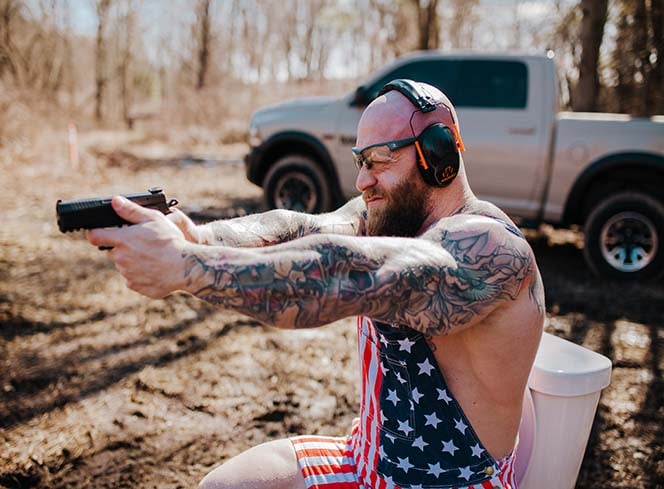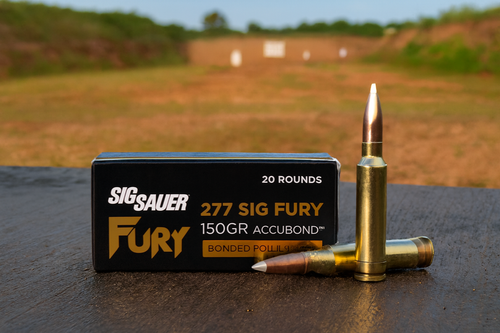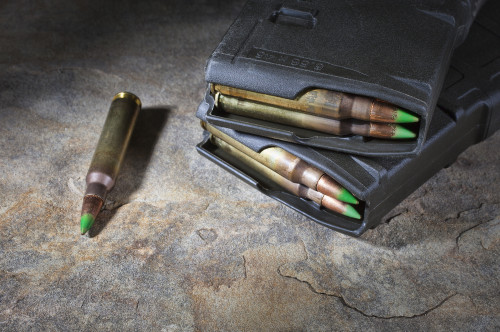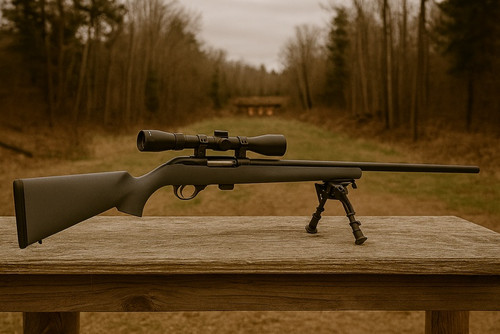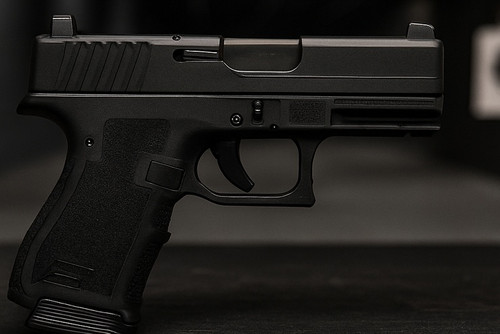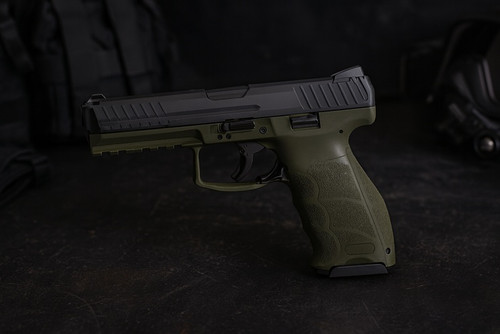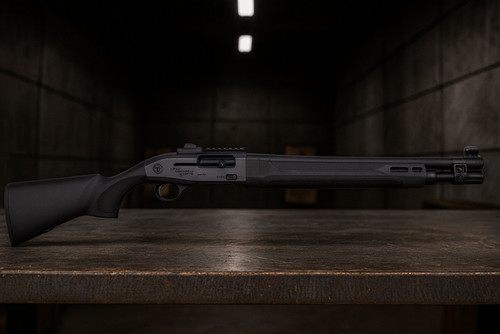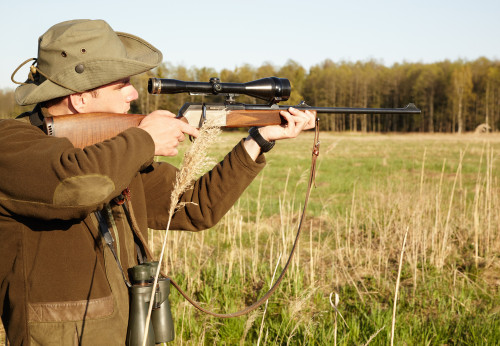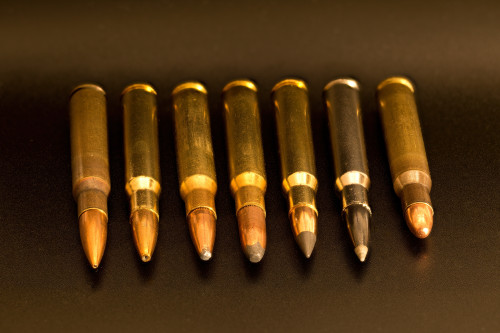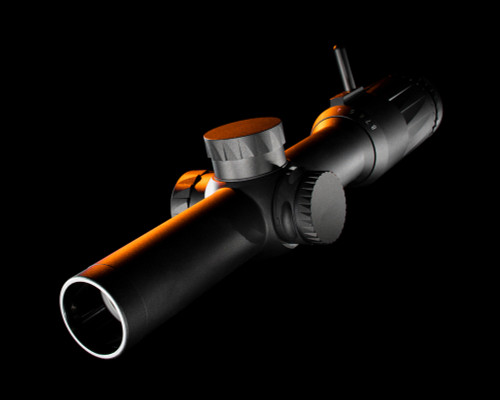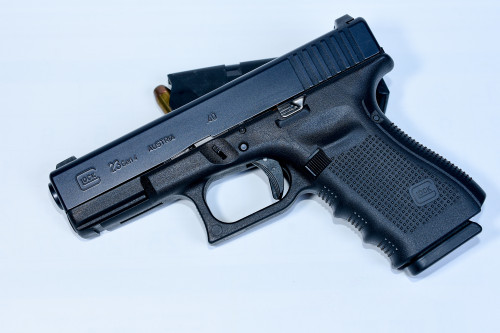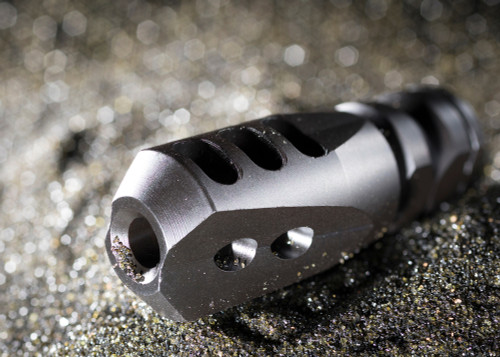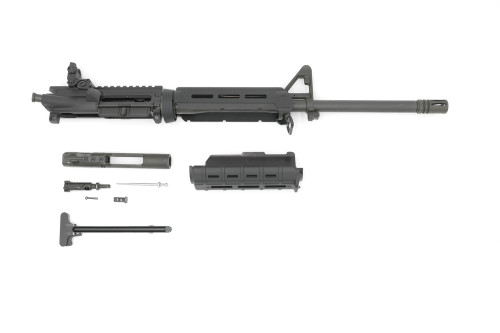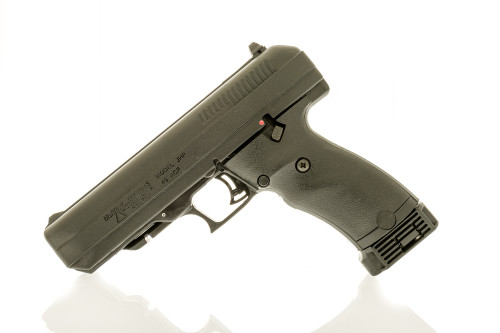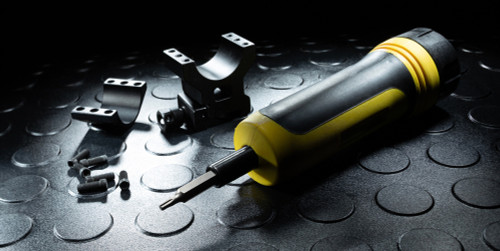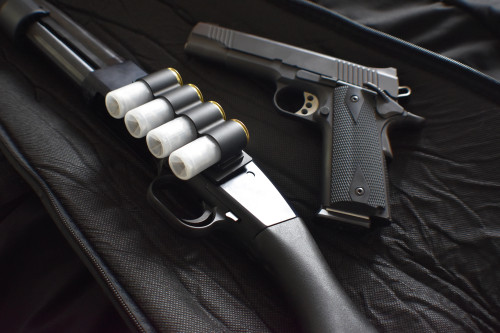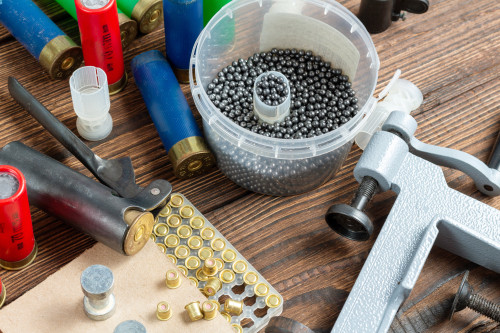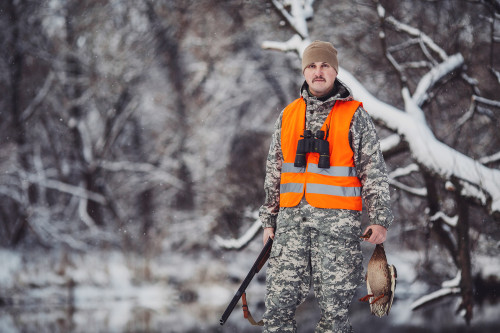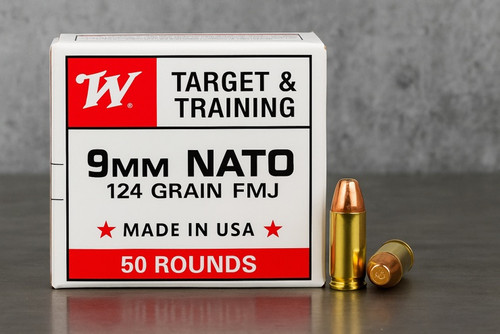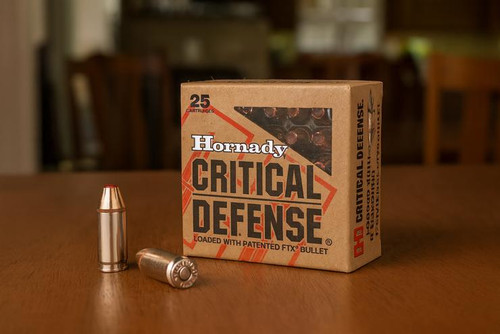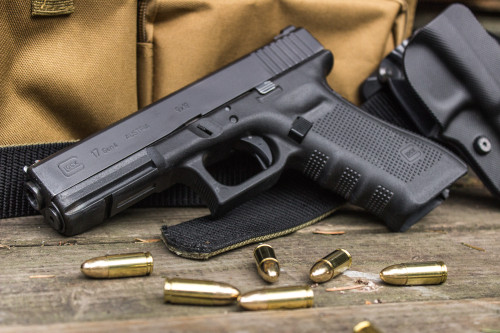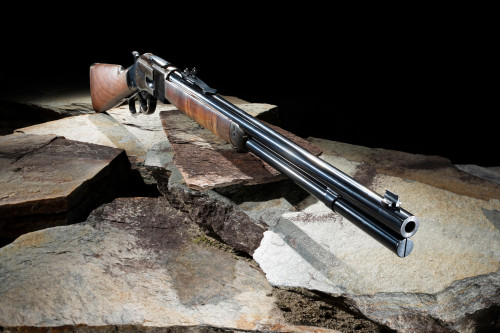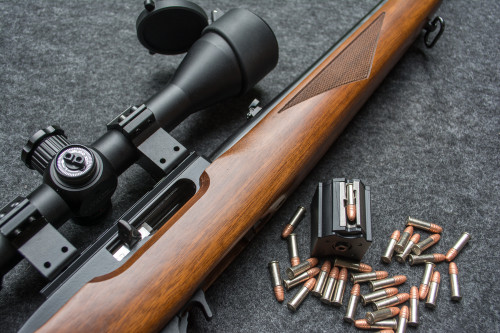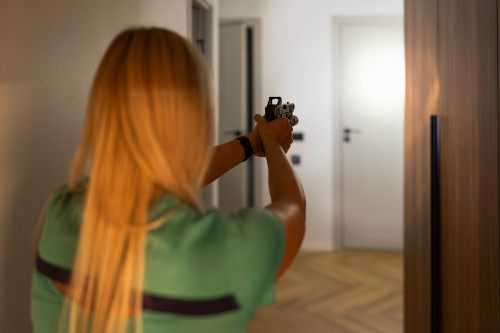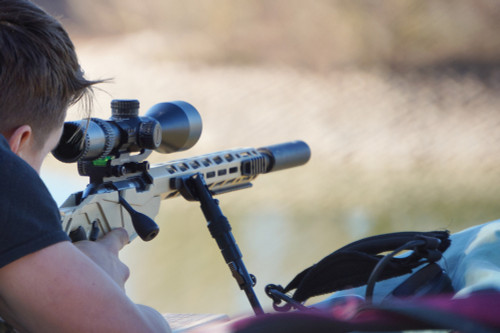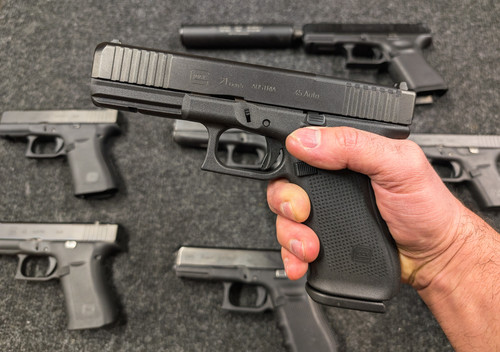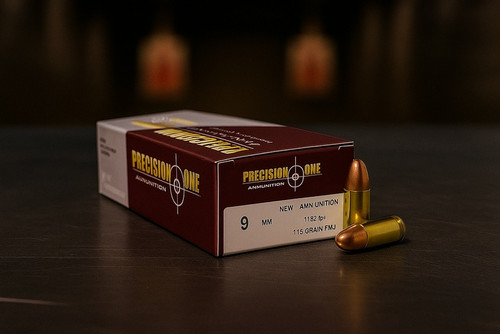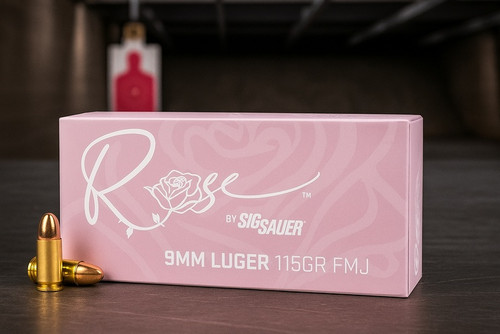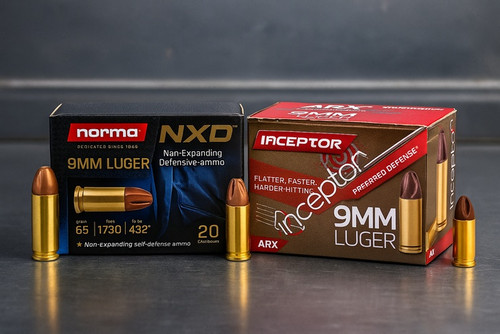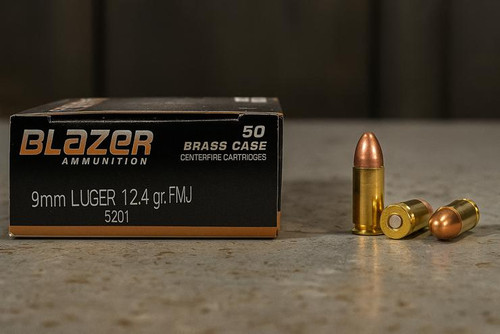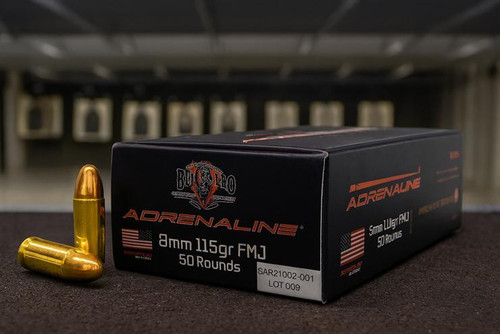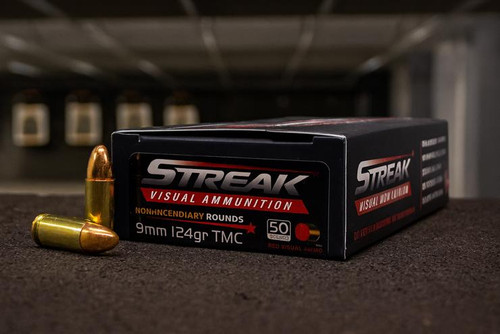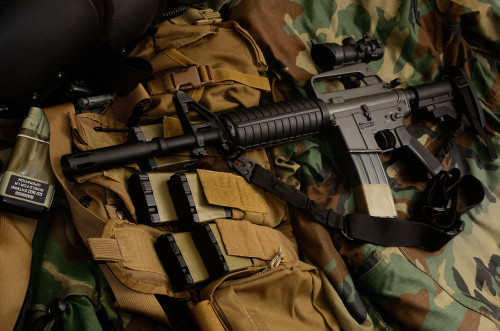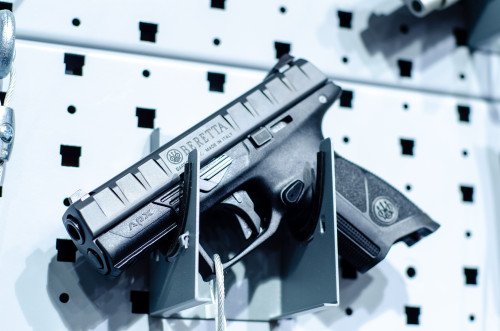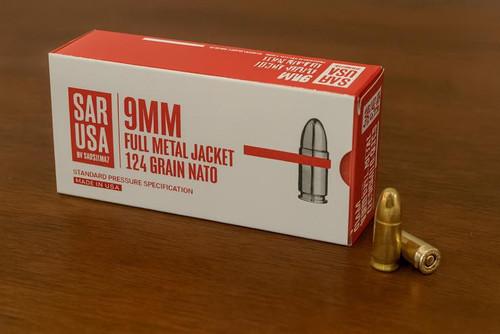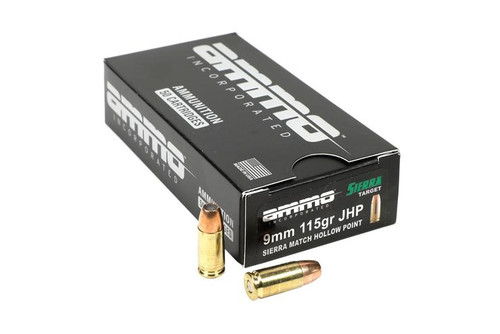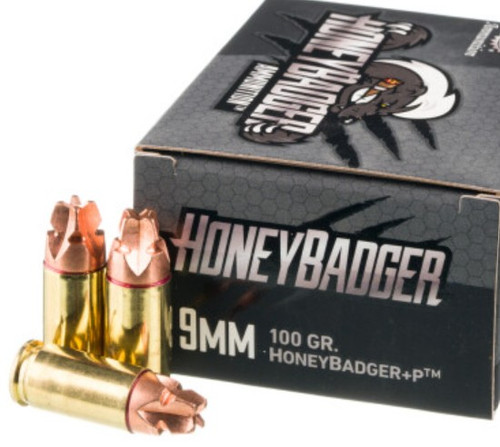AR-15 pistols and SBRs both pack a lot of firepower into a smaller size. But they split when it comes to laws, handling, and setup. Pistols are easier to get and avoid most paperwork. SBRs give more steadiness and options, but only if you’re fine with ATF forms. The right pick depends on your needs, budget, and state rules.
Key Takeaways
- AR pistols - simple to buy, but brace laws can be tricky.
- SBRs - steady and flexible, but you need ATF approval.
- Barrel length is what sets pistols apart from SBRs under federal law.
- State rules are different, so check before you buy.
- Choose based on training, defense, and how you plan to use it.
Ask ten people about AR-15 pistols versus SBRs, and you’ll get ten answers. With ATF rules shifting often, knowing the differences isn’t just opinion. So you need to stay legal and also put your money into the right gun.
AR Pistol vs. SBR – Size Matters
Let’s start with the basics. What counts as an SBR? Federal law says it’s a rifle with a barrel under 16 inches or an overall length under 26 inches. Either condition by itself qualifies the rifle as an SBR and triggers NFA status. That’s the legal box that puts these guns in a special class.
AR pistols are built to be gripped and fired with one hand. They can use any barrel under 16 inches, but most are between 3 and 12 inches. An AR pistol is really just an AR-15-style receiver set up with parts meant for one-handed use. The big split is in how they’re meant to be held and fired.
Both designs shine in small sizes. A short gun is easier to move around in tight hallways, stash in a smaller case, and carry without feeling front-heavy. For home defense, where you may need to work around corners or doors, that size edge makes a real difference.
If you’re weighing compact AR options, whether to build an AR-pistol or go the SBR route, our Ultimate AR-15 Pistol Guide — Best Models & Custom Builds for 2025 is a useful primer on platform choices and practical build ideas.
| Feature | AR-15 Pistol | SBR (Short Barrel Rifle) |
|---|---|---|
| Barrel Length | Under 16 inches (typically 3–12 inches) | Under 16 inches (rifle <16” barrel or <26” overall length) |
| Design / Grip | Built for one-handed use, usually with buffer tube or brace | Built with buttstock for shoulder firing |
| Buttstock / Brace | No buttstock allowed; braces may classify as SBR under ATF rules | Full buttstock allowed once registered |
| Foregrip Use | No vertical foregrips (angled grips only) | Vertical and angled foregrips allowed |
| ATF Involvement | No registration (unless brace reclassifies as SBR) | Requires ATF registration + $200 tax stamp |
| Approval Time | Immediate purchase | 2–12 months (depending on ATF backlog) |
| Travel Rules | No ATF approval needed (state laws vary) | ATF Form 20 required for interstate travel |
| Customization | Limited (no stock, limited foregrip options) | Full customization: stocks, grips, etc. |
| Cost | Standard firearm purchase cost | Firearm cost + $200 tax stamp + engraving |
| Build / Buy Options | Buy complete pistol or build from parts | Buy complete SBR (after approval) or build after approval |
| Engraving Requirement | Not required | Mandatory: serial, model, caliber, name, city, state engraved |
| Best Use Cases | Home defense, truck gun, travel-friendly | Better ergonomics, full customization, shooting stability |
Barrel length shapes more than just looks. Shorter barrels cut velocity, which changes how far your rounds stay effective and how hard they hit. But many people accept that trade because the lighter weight and tighter handling make sense for their use.
Buttstock vs. Pistol Brace
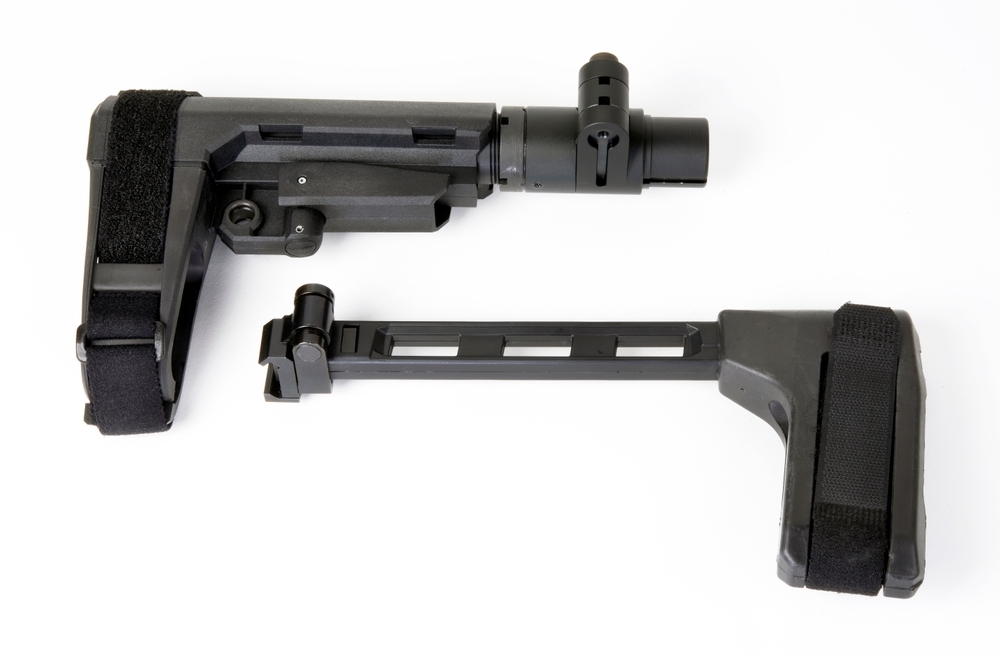
Here's where things get tricky - and where recent ATF rules have made a big impact. Traditionally, the key visible difference between an AR pistol and an SBR was what's attached to the back.
AR pistols cannot legally have a buttstock. In the past, they could use arm braces or stabilizing braces, which were designed (at least officially) to help stabilize the firearm against your arm rather than your shoulder. Some folks just used a buffer tube with padding.
But the legal landscape changed when the ATF issued new regulations about pistol braces. This referred to the ATF’s 2023 brace rule (Final Rule 2021R-08F). Multiple federal courts, including the Fifth Circuit and later district courts, have since vacated or blocked enforcement of the rule. As of August 2025, it is not being enforced, though future appeals could change that. According to the ATF's factoring criteria, many firearms with "stabilizing braces" are now classified as short-barreled rifles subject to the National Firearms Act regulations.
Another important distinction: On pistols, vertical foregrips are prohibited because they reclassify the firearm as an NFA item (AOW). Angled foregrips are generally permissible.
SBRs, once properly registered, offer more freedom. Want that vertical foregrip? No problem. Prefer a particular buttstock style? Go for it. The trade-off is going through the registration process.
ATF Has Entered the Chat
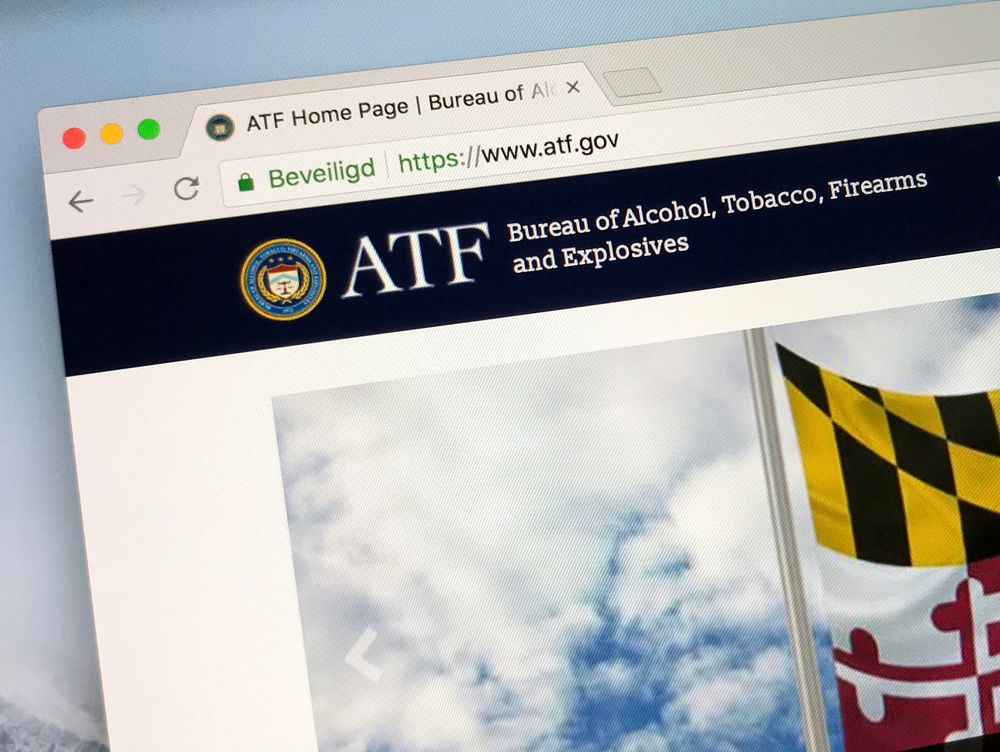
One of the biggest differences between AR pistols and SBRs isn’t the guns themselves. It’s the laws wrapped around them.
To own an SBR the legal way, you have to register it with the Bureau of Alcohol, Tobacco, Firearms and Explosives (ATF). You also pay a $200 tax stamp. This comes from the National Firearms Act of 1934. That law put rules on certain firearms, including SBRs, suppressors, and machine guns.
A lot of people guess that SBRs are banned. They’re not. In fact, they’re legal in most states as long as you handle the paperwork and pay the tax.
The process is not instant. It means sending fingerprints, photos, and waiting. With ATF eForms, most current approvals are running 2–6 months and sometimes even just a few days. Paper applications can still take longer.
But the government involvement doesn't end after registration. If you want to take your SBR across state lines, you need permission first. This means filling out an ATF Form 20 and getting approval before transport. The good news is you can submit these forms for a full year's worth of travel at once if you frequently visit the same places.
AR pistols traditionally didn't require this permission, which was a huge advantage for people who travel. But with the new ATF rules redefining many AR pistols with braces as SBRs, this distinction has become more complicated.
State laws add another layer of complexity. Some states ban SBRs completely, some restrict AR pistols, and others allow both but with additional regulations. Before making any purchase decisions, check your local laws carefully. The website class3laws.com is a good starting point, but contacting your local ATF field office can provide the most up-to-date information for your area.
Laws around pistol braces, SBRs, and overall classification can change and are complex; for a clear, current breakdown of the ATF rules and what they mean for pistol braces and SBR conversion, see our guide on Pistol Braces & the ATF — Understanding New Regulations. (This is informational only — always verify requirements for your jurisdiction before modifying or registering a firearm.)
Build or Buy?
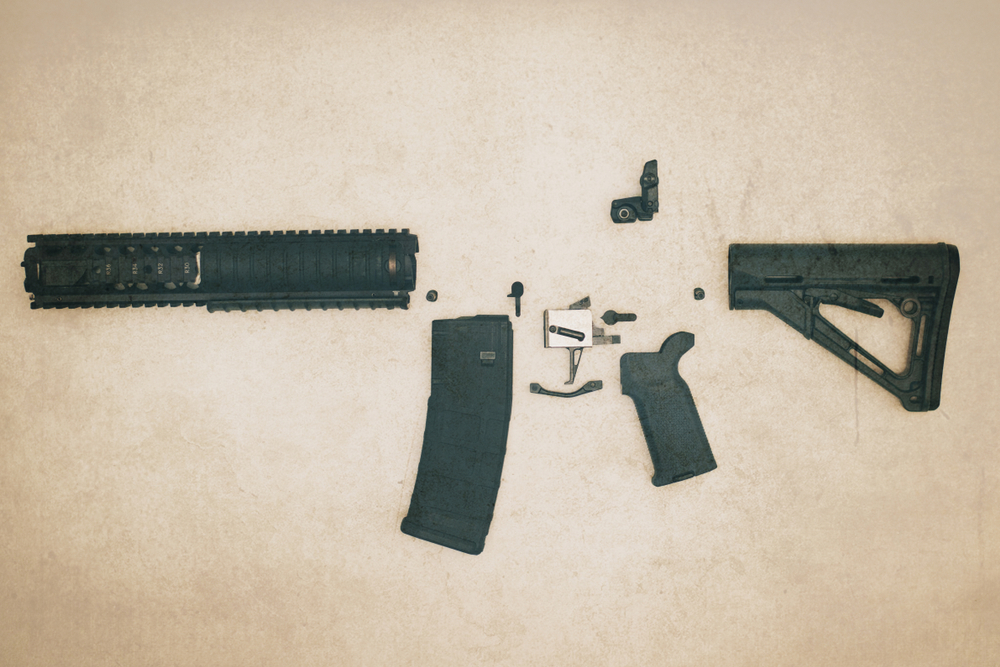
When it comes to acquiring either platform, you have options.
Building or buying an AR pistol follows basically the same process as getting a standard AR-15. You can purchase complete pistols from manufacturers or build one yourself by buying the parts separately and assembling them.
SBRs require more steps. You can either:
- Buy a complete SBR through an FFL with the proper licensing (after your tax stamp is approved)
- Buy a lower receiver, submit the paperwork, wait for approval, then build or buy an upper to complete it
- Convert an existing AR-15 into an SBR (after paperwork approval)
The second option is often the most practical. You can start the paperwork with just the lower receiver, then add the short barrel upper once your tax stamp comes through.
Cost is another factor. Beyond the $200 tax stamp for an SBR, there's the time investment of waiting for approval. AR pistols don't have these additional costs and for this reason it makes them more accessible for many buyers.
Did you know that even with an approved tax stamp, you'll need to have specific information engraved on your SBR? If the serial number, model, and caliber are already on the firearm, you don’t need to engrave them again. Only the new maker info is required. The receiver must include your name, and your city and state engraved to a minimum depth of .003 inch and in text no smaller than 1/16 of an inch. Many owners get this done before submitting their paperwork.
Final Thoughts – Which Should You Choose?
The debate between AR pistols and SBRs often comes down to personal preference and practical considerations. Neither is inherently "better" - they just offer different trade-offs.
AR pistols give you:
- Faster acquisition (no waiting for tax stamp approval)
- Less paperwork and government involvement
- No travel restrictions (though check state laws)
- Lower overall cost
SBRs provide:
- More customization options (stocks, vertical grips, etc.)
- Legal clarity (once registered, you know exactly where you stand)
- Potentially better ergonomics for shooting
Your decision should be based on several factors. First, what are the laws in your state? Some states don't allow SBRs at all and so making the decision becomes easier. Budget matters too - can you afford the $200 tax stamp and potential wait time for an SBR?
How do you plan to use the firearm? For home defense in tight spaces, either option could work well. For a truck gun or something you might travel with frequently, an AR pistol might be more convenient given the fewer travel restrictions.
The most significant drawback to shorter barrels is velocity loss. The less time a bullet has to accelerate down the barrel, the slower it will travel. This is particularly important with ammunition designed for standard 16-20" barrels.
Ultimately, what do you need this tool to do? Answer that question honestly, and the right choice becomes clearer.
Frequently Asked Questions (FAQs)
Is an AR-15 pistol legal in all states?
No. Laws change from state to state. Some allow AR pistols with limits, others ban them outright. Always check the rules where you live before buying.
Does adding a brace make my AR pistol an SBR?
It can. Under current ATF rules, some braces may turn your AR pistol into an SBR. The ATF looks at more than just the brace itself when making that call.
How long does ATF approval for an SBR take?
Times vary a lot. It can be as short as two months or drag out to a year. eForm requests usually move faster than paper ones.
Can I travel with my SBR across state lines?
Yes, but you need approval first. File ATF Form 20 before you go. You can request clearance for single trips or for multiple destinations at once.
What barrel length is best for AR-15 pistols?
Most people stick between 7.5 and 11.5 inches. Shorter barrels are easier to handle in tight spaces. Longer ones give better ballistics and range.
About the Author
This article was written by the Pro Armory team using current research and trusted sources like the Journal of Military Science, Firearms News, and the National Shooting Sports Foundation. We also reviewed guidance from the ATF, NRA, and manufacturer manuals.
Disclaimer: This content is for education only, not legal advice. Gun laws shift often, and it’s on you to know and follow federal, state, and local rules. Always speak with a qualified attorney or your local ATF office for legal guidance.



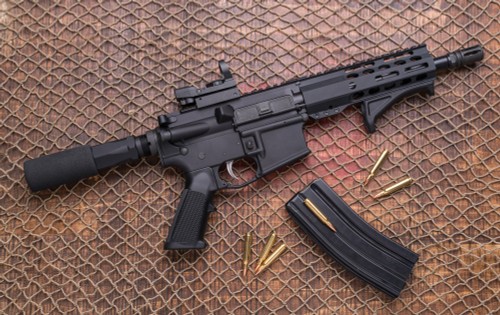
 Pro Armory Editorial Team
Pro Armory Editorial Team